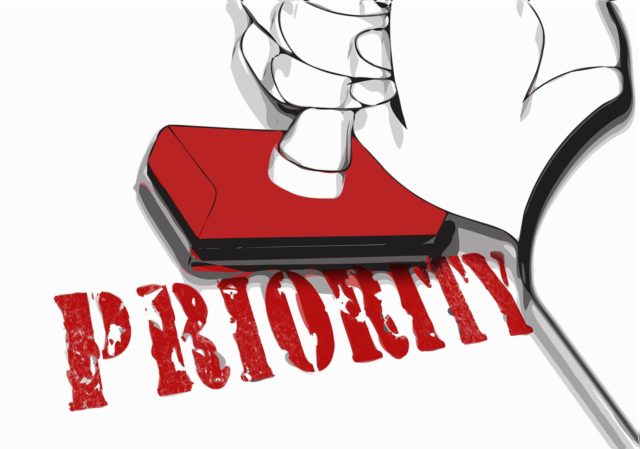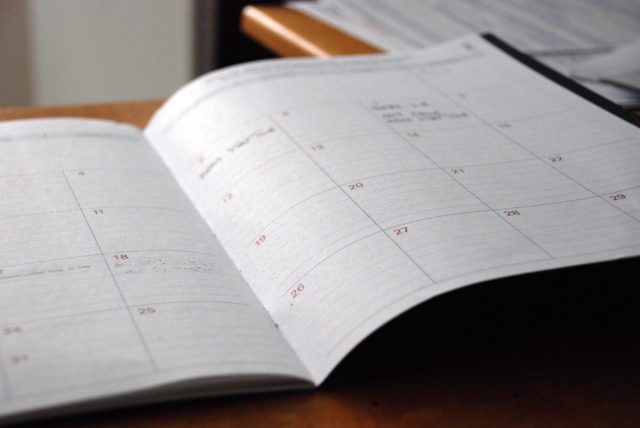It is often suggested that the management of your personal finances is simple. In theory, this may be true; grasping the core concepts of personal finance is not particularly challenging, and there are plenty of tools and apps available that can help to simplify the process.
However, there is one component of managing your personal finances that is often overlooked: how time-consuming it can be. Personal finance may be simple to grasp, but the sheer amount of time the process takes can be too much for a person to handle. This is especially true if you are running a successful business; juggling the multitude of tasks required to run your business, and your finances, and have some semblance of a social life is next to impossible.
If you find yourself in a position where you simply don’t have the time to manage your finances, the following step-by-step process may allow you to regain control…
STEP ONE: Assess the current situation
To truly take control of your finances, you need to know where you currently stand. You need to compile figures detailing:
- The exact amount of money you owe in terms of debt – credit cards, loans, store cards, and so on and so forth.
- The exact amount of money you spend every month.
- The exact amount you have in savings
Unfortunately, compiling all of this information together can, in and of itself, be incredibly time-consuming. If this is an issue for you, you may find that dedicating an entire period of time – such as a Saturday afternoon – to the task is the best way to ensure you are able to focus on calculating each of the above figures.
STEP TWO: Find your financial priority

The three figures above are necessary as they will reveal areas of weakness in your financial situation. Assess which of the figures is most concerning, in order of importance…
- Debt is by far the biggest priority, so if you are carrying a high debt, this should become your focus.
- Your spending habits are the next priority, as they influence both the amount of debt you have and your savings.
- Finally, your savings are the third-most important area. While it is beneficial to have savings, if you have issues with either of the above issues, then those should take precedence.
For the sake of time efficiency, you should seek to focus on one of these areas at a time – so if you are in debt, this becomes your focus. If you’re not in debt, then you can focus on your spending habits. If neither of these apply, then your focus becomes accruing savings.
STEP THREE: Strategize to eliminate your biggest weakness
Common strategies include…
Debt
- Creating a strict budget that allows you to pay your debts off as quickly as possible.
- Contacting your creditors and asking them to freeze interest, so you can be sure every penny you repay is actually reducing the overall debt amount rather than just servicing interest.
- Entering into a formal debt management plan, potentially with a third-party company who can negotiate with creditors on your behalf.
- Bankruptcy is something of a last resort, but if your debts are substantial, it may be the best choice for you; contact the law office of Greg Wetherall and similar specialists to see if this is likely to be your best route.
Overspending
- Create a zero-sum budget, so you always know exactly what you have to spend in each area every single month.
- Seek ways to cut costs for basic items; for example, switching from branded products to non-branded.
- Cut up your cards and opt to live cash-only; this is more inconvenient, but if you are overspending, then inconvenience is actually beneficial.
Lack of savings
- Create a monthly direct debit from your main bank account into your savings account.
- Make it difficult to access your savings, so you cannot “dip” into them.
- Reduce your costs in other areas so you can increase the total of your monthly budget.
STEP FOUR: Implementation

When you have chosen the right route forward for your financial priority, implement it in the most time-efficient way possible. The best way to do this is usually to spend a set period every week monitoring your progress and, if necessary, solving any challenges that you experience. In most cases, managing finances on an ad-hoc basis simply doesn’t work; the task gets pushed into the background when you are busy, and things can quickly derail as a result. Instead, set aside an hour every week when you always check in with your finances; you may even find it useful to diarize it as you would any other appointment.
STEP FIVE: Work through your first priority
Many people try to tackle all of their personal finance issues at once, simultaneously seeking to repay debt, cut their outgoings, and build their savings. This tactic is rarely successful, and this is especially true if you are already struggling for time.
By focusing on each area at a time, with your main focus going towards the top priority as chosen in step two, then you can at least be sure that the time you do have is focused on the most important area. By dedicating your time and resources to this single goal, you’ll be able to actually accomplish that goal in the shortest possible timespan.
STEP SIX: Move onto your next priority
If your priority was to save more money, then you’re in the clear here – continue as you are.
However, if you have been focusing on debt or overspending, resolving this issue now means moving to the next entry on the priority list. Again, you should focus entirely on this area and – as you’d expect – when this is resolved, you move onto the next.
In conclusion

By prioritizing areas of your personal finance, you will usually find that you are able to make substantial progress in a shorter period of time. This approach, combined with a strict adherence to weekly financial checkups, can help you truly take control, and will hopefully lead to you operating your finances in a much more efficient way.
